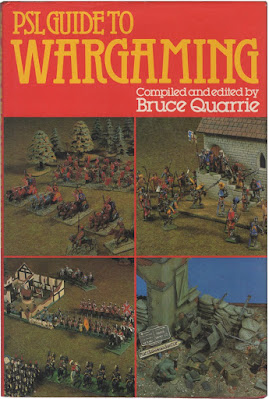After a sustained effort painting a Late Roman army, I have turned my attention back to World War 2 gaming in 15mm
My British and German forces were based for "Overlord" by Barrie Lovell / Firebase Games. Whilst these are very detailed and have the feel of being realistic and grounded in personal experience of military practice, they don't give a very quick game and max out at an infantry company plus support per player. It seems to me that most identifiable actions in this period were battalion sized so I would like to be able to depict that on the table top with a reasonably playable game and a satisfying sense of scale.
The question then is: which rules? Convincingly depicting scale seems one of the hardest challenges for WW2 rules. Having two or three infantry figures on a base seems common then different rules use a base as an sub-component of a squad, a whole platoon or a company and sometimes there is no easy way to tell from looking at the game whether you are seeing a company or a brigade.
Overlord has an infantry section as three bases - two rifle groups and an LMG team. A British late war platoon is 14 bases, 45 (independently moving) bases plus support for a company. It is easy to see why it bogs down beyond a company per player! I've just bought the new "O Group" rules from Reisswitz Press which look really promising but has just three bases - as few as 9 figures for a platoon and that just seems too few to to me to look like a platoon.
A regular opponent and I have been trying to write our own rules with one base per section and separately depicted platoon command and support. I'm therefore expanding and rebasing my collection for these potential new rules or O Group, with 5 figures on an infantry section base - enough for an NCO, LMG and three riflemen so three bases looks a bit more like a platoon of three squads.
As well as rebasing, I needed some additional figures. I painted the earlier figures with a lot of dry-brushing and washes but my painting style has moved on since then and I'm trying to use the clean three layer technique, taking advice on paint choices from the excellent Crac des Chevaliers blog. I started off with a lot of enthusiasm for updating the older figures with webbing and packs to match as well as new high-lights and helmets. After the first platoon though I slacked off to just the helmets and a few high-lights on the battledress. Without the closeup lens you only notice the hats and bases anyway.
Another dilemma is basing style. I've stuck with the same style as for my Late Romans and (more importantly) all my scenery, with one small difference. The sand to provide texture for my British bases was picked up off the beach at Arromanches, so Gold Beach, a few miles to the West of where 11th Armoured actually landed on Juno.












